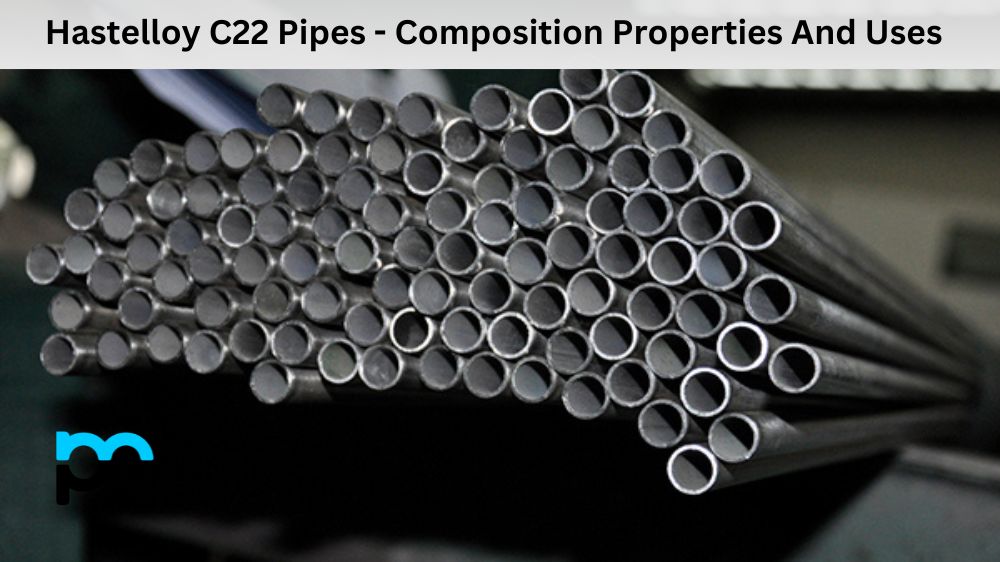Stainless steel 304 is one of the most widely used grades of stainless steel. Its popularity can be attributed to its excellent corrosion resistance, good formability, and low cost. The 304-grade stainless steel comes in various sheet plate forms, including foil, strip, sheet, plate, coil, and bar. In this blog post, we will provide an overview of the composition, physical, and mechanical properties of SS 304 sheet plates and their uses and heat treatment methods.
What is a Stainless Steel 304 Sheet Plate?
ASTM A240 SS 304 Sheet is a strong, durable, and corrosion-resistant type of stainless steel. It provides good formability, weldability, and excellent properties in extreme temperatures. It has less carbon compared to 316 grade, which makes it more resistant to intergranular corrosion. Its anti-stain qualities make it ideal for food preparation surfaces and kitchen sinks.
Composition of Stainless Steel 304 Sheet Plate
304 Stainless steel is an austenitic grade of stainless steel that contains 18% chromium and 8% nickel. It also contains small amounts of carbon, silicon, and manganese. The high chromium and nickel content provides excellent corrosion resistance, while the low carbon content makes it easier to weld and form.
|
Grade
|
C
|
Mn
|
Si
|
P
|
S
|
Cr
|
Mo
|
Ni
|
N
|
|
| 304 | min. max. |
– |
– |
– |
– |
– |
18.0 |
– |
8.0 |
– |
| 304L | min. max. |
–
0.030 |
– |
– |
– |
– |
18.0 |
– |
8.0 |
– |
| 304H | min. max. |
0.04 |
– |
– |
-0.045 |
– |
18.0 |
– |
8.0 |
– |
Physical Properties of Stainless Steel 304 Sheet Plate
UNS S30400 Stainless Steel sheet plate has several physical properties that make it suitable for various applications. For instance, it has a density of 8.0 g/cm3, a melting point of 1454°C, and a thermal conductivity of 16.3 W/m.K. The thermal conductivity of stainless steel 304 sheet plates is higher than that of other grades of stainless steel, making it an ideal choice for heat transfer applications.
|
Grade
|
Density of ss304 in kg/m3
|
Elastic Modulus (GPa)
|
Mean Coefficient of Thermal Expansion (μm/m/°C)
|
Thermal Conductivity (W/m.K)
|
Specific Heat 0-100°C (J/kg.K)
|
Electrical Resistivity (nΩ.m)
|
|||
|
0-100°C
|
0-315°C
|
0-538°C
|
at 100°C
|
at 500°C
|
|||||
|
304/L/H
|
8000
|
193
|
17.2
|
17.8
|
18.4
|
16.2
|
21.5
|
500
|
720
|
Mechanical Properties of Stainless Steel 304 Sheet Plate
304 Stainless steel sheet plate also has impressive mechanical properties. It has a tensile strength of 515 MPa and a yield strength of 205 MPa. Moreover, it has a high elongation of 40% and excellent toughness. These properties make stainless steel 304 sheet plate ideal for manufacturing components that require high strength and durability, such as structural engineering projects.
|
Grade
|
Tensile Strength (MPa) min
|
Yield Strength 0.2% Proof (MPa) min
|
Elongation (% in 50mm) min
|
Hardness
|
|
|
Rockwell B (HR B) max
|
Brinell (HB) max
|
||||
|
304
|
515
|
205
|
40
|
92
|
201
|
|
304L
|
485
|
170
|
40
|
92
|
201
|
|
304H
|
515
|
205
|
40
|
92
|
201
|
Stainless Steel 304 Sheet Plate Equivalent
| STANDARD | UNS | WERKSTOFF NR. | AFNOR | EN | JIS | BS | GOST |
| SS 304 | S30400 | 1.4301 | Z7CN18‐09 | X5CrNi18-10 | SUS 304 | 304S31 | 08Х18Н10 |
Uses of Stainless Steel 304 Sheet Plate
SS 304 sheet plate has various applications in various industries. For example, it is commonly used in the food and beverage industry, where it is ideal for manufacturing food processing equipment due to its excellent corrosion resistance and hygienic properties. It is also used in the pharmaceutical industry for the same reasons. Other stainless steel 304 sheet plate applications include the architectural, automotive, and aerospace industries.
Heat Treatment of Stainless Steel 304 Sheet Plate
Heat treatment is a process that modifies the microstructure of ASME SA240 Stainless Steel sheet to impart certain desirable properties. For example, annealing can improve its elasticity, while tempering can increase its hardness. However, the stainless steel 304 sheet plate is unsuitable for heat treatment processes involving quenching and tempering due to its low carbon content.
Corrosion Resistance of Stainless Steel 304 Sheet Plate
One of the most significant advantages of 304 ss sheet plate is its excellent corrosion resistance. It is resistant to various corrosive environments, such as acids, alkaline, and chloride-bearing solutions. This makes stainless steel 304 sheet plate ideal for use in harsh environments such as marine, industrial, and chemical settings.
Conclusion:
In conclusion, stainless steel 304 sheet plate is a versatile and durable material that finds its applications in various industries. Its excellent corrosion resistance, good formability, and low cost make it an ideal choice for components that require high strength and durability. Knowing the composition, physical and mechanical properties and uses of stainless steel 304 sheet plates can help you choose the best material for your project.

Abhishek is a seasoned blogger and industry expert, sharing his insights and knowledge on various topics. With his research, Abhishek offers valuable insights and tips for professionals and enthusiasts. Follow him for expert advice on the latest trends and developments in the metal industry.




